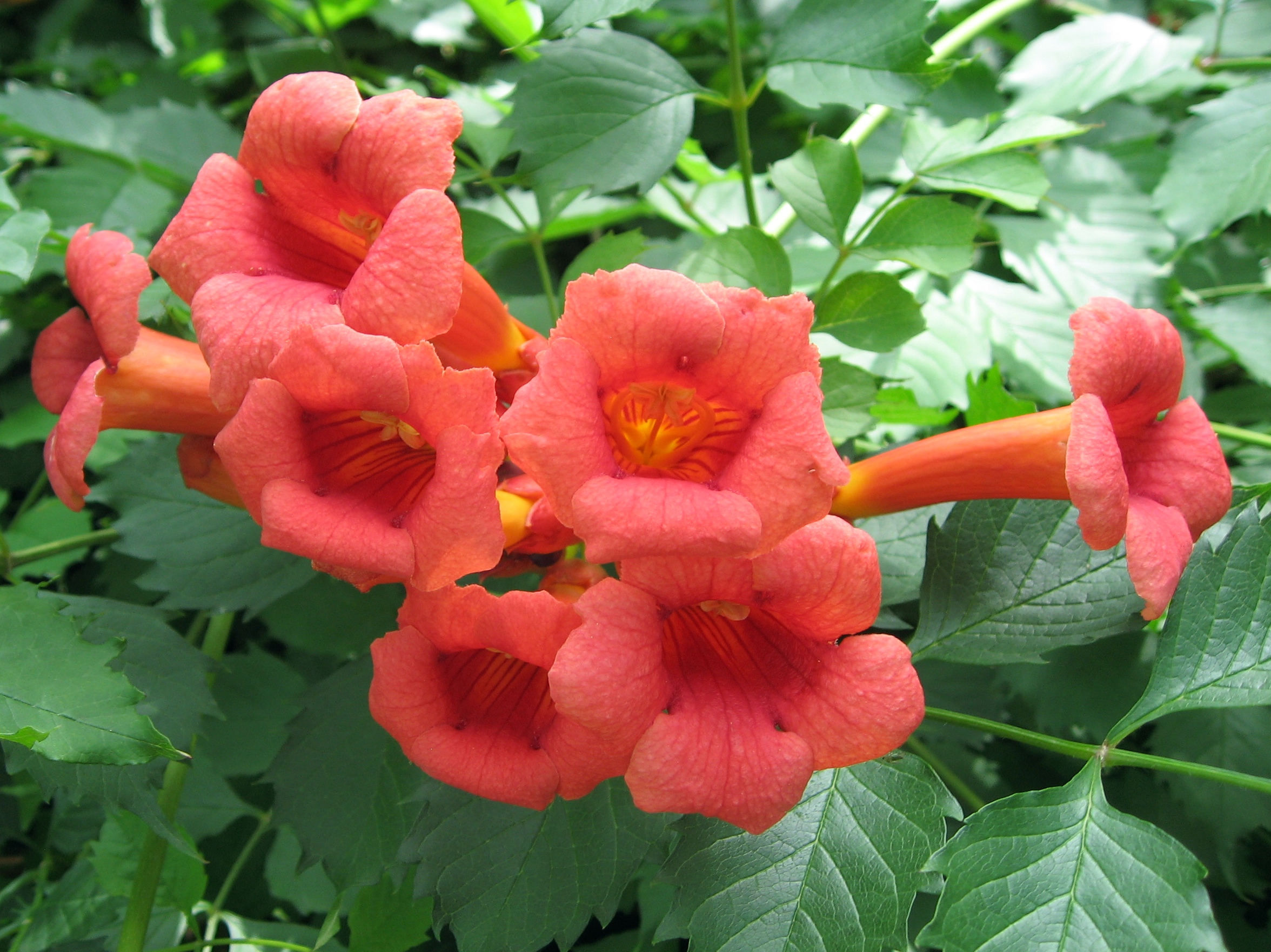Trumpet Creeper Plant: A Comprehensive Guide
Introduction
The Trumpet Creeper Plant, also known as Campsis radicans, is a beautiful and versatile plant that is native to the southeastern United States. It is a member of the Bignoniaceae family and is known for its striking trumpet-shaped flowers that attract hummingbirds and butterflies. In this article, we will delve into the various aspects of this plant, from its characteristics and growing conditions to its uses in landscaping and its potential drawbacks.
Characteristics of the Trumpet Creeper Plant
The Trumpet Creeper Plant is a fast-growing vine that can reach heights of up to 30 feet. It produces large, dark green leaves that are divided into smaller leaflets. The most notable feature of this plant is its vibrant orange or red trumpet-shaped flowers that bloom in the summer months. These flowers are a favorite among pollinators, particularly hummingbirds, who are attracted to the nectar-rich blooms.
Growing Conditions
The Trumpet Creeper Plant is a hardy plant that thrives in a variety of conditions. It prefers full sun but can also tolerate partial shade. It is adaptable to different soil types, including poor, rocky, or sandy soils. However, it does require well-draining soil to prevent waterlogging, which can lead to root rot.
This plant is also drought-tolerant once established, making it ideal for those looking for a low-maintenance addition to their garden. It is a vigorous grower and can become invasive if not properly managed. Regular pruning is recommended to control its growth and prevent it from spreading uncontrollably.
Uses in Landscaping

The Trumpet Creeper Plant is a popular choice for landscaping due to its vibrant flowers and fast growth rate. It can be trained to climb trellises, arbors, or fences, adding vertical interest to the garden. It can also be used as a ground cover or in containers for a cascading effect. Its ability to attract pollinators makes it a valuable addition to wildlife gardens.
In addition to its ornamental value, the Trumpet Creeper Plant is also used for erosion control on slopes or embankments. Its aggressive growth habit allows it to quickly cover large areas, stabilizing the soil and preventing erosion. However, its invasive nature can be a drawback in some situations, as it can outcompete native plants and become difficult to control.
Potential Drawbacks
While the Trumpet Creeper Plant has many desirable qualities, it also has some potential drawbacks that should be considered before planting it in the garden. As mentioned earlier, its aggressive growth habit can lead to invasiveness if not properly managed. It can spread through underground runners and self-seeding, making it difficult to eradicate once established.
Another drawback of the Trumpet Creeper Plant is its tendency to attract certain pests, such as aphids and spider mites. These pests can weaken the plant and cause damage to the leaves and flowers if left untreated. Regular monitoring and prompt action are essential to prevent infestations and maintain the plant’s health.
Conclusion
In conclusion, the Trumpet Creeper Plant is a beautiful and versatile plant that offers many benefits to gardeners and landscapers. Its striking flowers, fast growth rate, and ability to attract pollinators make it a valuable addition to any garden. However, its invasive nature and potential for pest infestations should be taken into account when considering this plant for landscaping purposes.
Overall, the Trumpet Creeper Plant is a valuable addition to any garden or landscape, provided that it is properly managed and maintained. With its vibrant flowers, attractive foliage, and ability to attract wildlife, it is sure to enhance the beauty and biodiversity of any outdoor space.